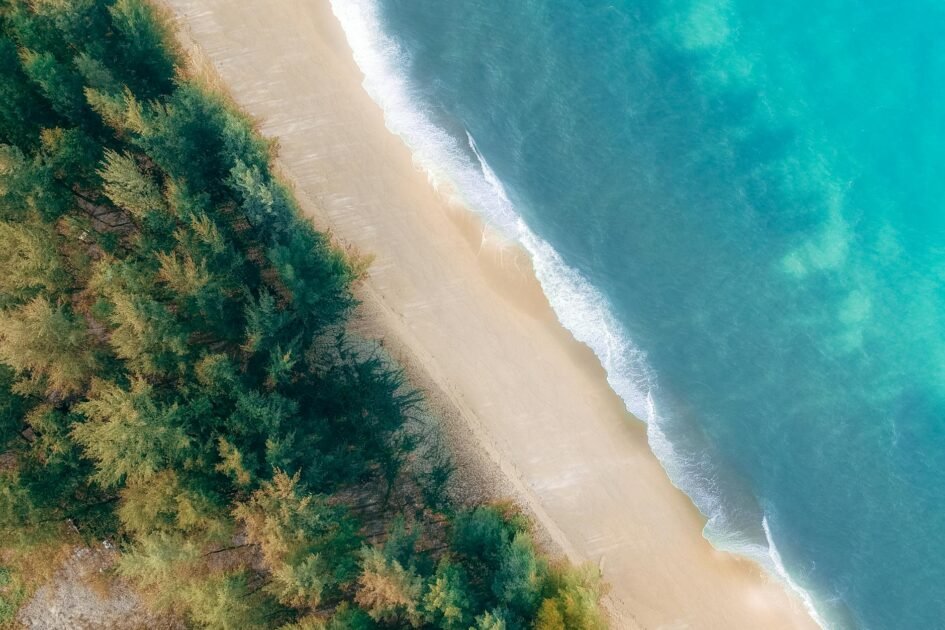In the natural world, transitional spaces like coastlines mark the fascinating borders between two distinct environments, presenting unique challenges and opportunities for the creatures that inhabit them. These zones – where land meets sea, or air mingles with water – are dynamic, constantly shaped by the tides, changing weather, and seasonal shifts. Similarly, our lives are filled with metaphorical transitional spaces that delineate different states, roles, or phases. This reflection practice invites you to explore the concept of transitional spaces in your life, focusing on periods that have ended, but where the next phase has not yet begun, leaving you in an in-between space.
Objective: To inspire introspection on the transitional spaces in your life, using nature’s examples as metaphors for exploring how to navigate these thresholds. This practice aims to uncover strategies for thriving in life’s transitional spaces, where the blending of diverse environments can foster personal growth and enrichment.
Instructions:
- Reflect on coastal creatures: Begin by considering plants such as the resilient mangrove trees, which root themselves in the salty brine of intertidal zones, embodying resilience amid fluctuating conditions. Contemplate the mudskipper, a fish that ventures onto land to feed, symbolizing the courage to explore beyond familiar territories. Consider the seabirds that seamlessly transition from sky to sea in search of sustenance, adept at thriving in dual realms.
- Identify your personal transitional spaces: Recognize the areas in your life that signify transitional spaces. This might include changes in your career path, assuming new responsibilities or roles, alterations in personal relationships, addressing health challenges, or navigating developmental crises. Think about how these phases ended and how you moved into the subsequent periods of uncertainty that followed. Much like coastal areas that are constantly shaped and reshaped by natural elements, these transitions come with both challenges and opportunities. Reflect on the catalysts that have pushed you from familiar grounds into uncharted territories and how you have adapted – or plan to adapt – to thrive in these new environments.
- Adapt to changing conditions: Drawing inspiration from the adaptability of coastal dwellers, consider how you might flourish in the transitional spaces of your life. How can you, like the mudskipper, bravely step into new areas to seize emerging opportunities? What strategies can you adopt from seabirds to dive into new experiences while retaining your sense of direction?
- Thrive in dual environments: Reflect on the benefits of being adaptable and versatile, able to draw nourishment from multiple sources or perspectives, much like mangrove trees that derive nutrients from both land and water. Ponder how embracing the complexity of your life’s transitional periods can enhance your resilience, spark creativity, and encourage personal development.
- Journaling and concrete steps: Write down your reflections and any insights from considering nature’s transitional spaces. Develop actionable steps to more effectively navigate your own life’s transitional areas. This might involve embracing a new role with courage, releasing what no longer serves you, or finding creative ways to overcome challenges.
Outcome: Reflecting on life’s transitional spaces through the lens of nature’s adaptability uncovers deep lessons on resilience, versatility, and the transformative power of embracing change. Seeing how creatures thrive in dynamic environments provides insights for gracefully navigating your own life’s transitions. This practice deepens your appreciation for the value found in transitional spaces, empowering you to thrive amidst transformation.
* Photo by Negative Space on Pexels.com





Leave a Reply